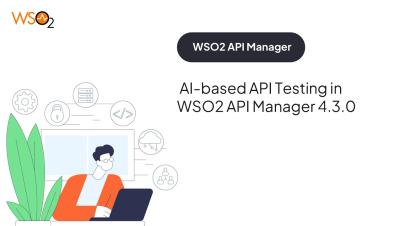What is API Monetization? Exploring API Revenue Streams
APIs enable our digital world. But they can also be a powerful source of revenue through the process of API monetization or API productization. A decade ago, many business workflows were conducted through manual tasks, logging into monolithic SaaS applications that were rolled out across entire business units or companies. Fast forward to 2024, and we find individual developers leveraging automation, AI, and APIs to tackle specific, targeted use cases.











